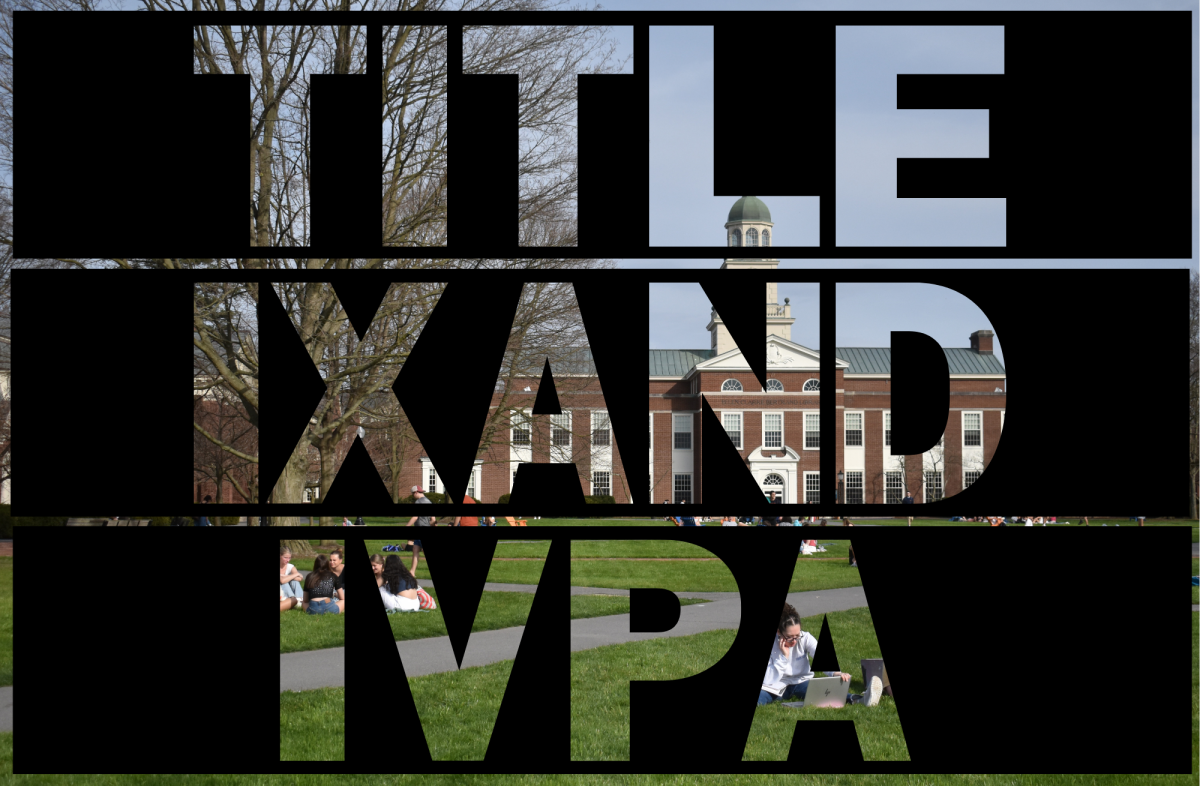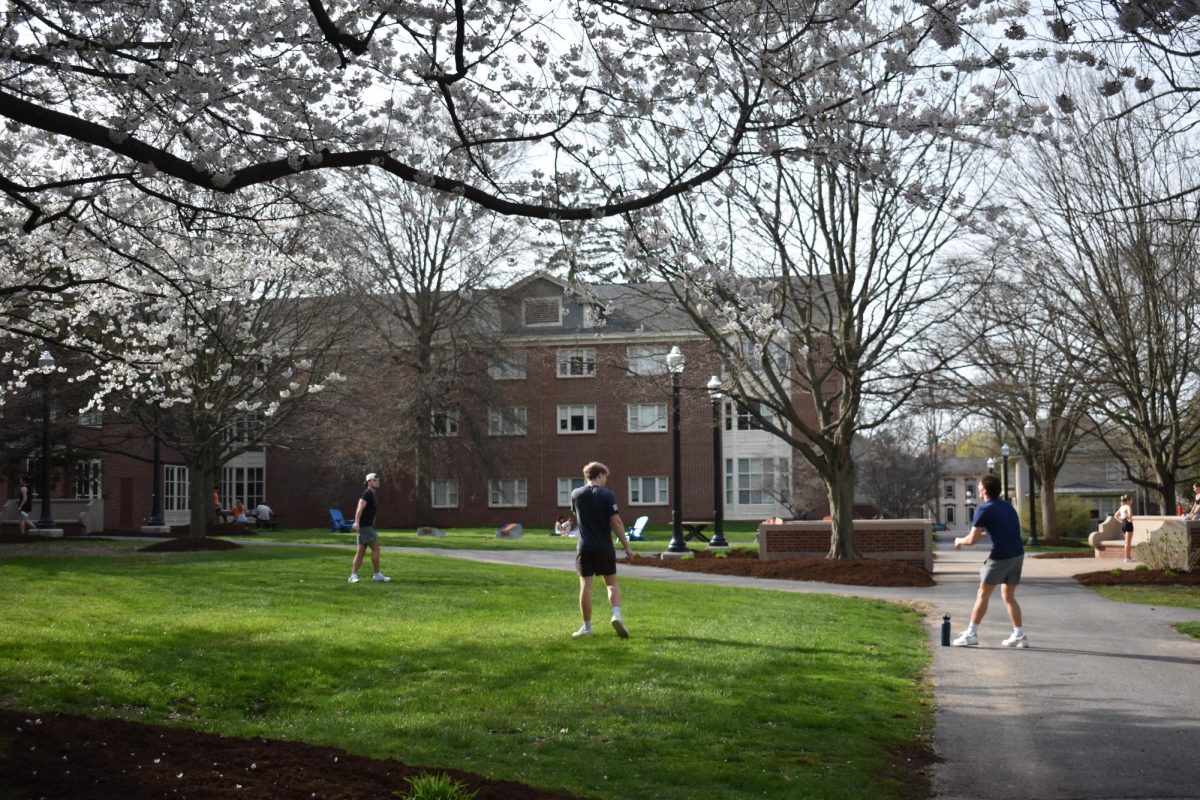COVID destroyed our students’ education- but can it also save it?
March 25, 2022
Despite the predictability of the COVID-19 pandemic’s impending impact in 2019, the “sudden” need to have walls or a comfortable six feet between us forced a shift in American education that broke a seemingly endless record of stagnancy. Online education, a method of teaching and learning widely considered inferior to in-person instruction, was suddenly the norm; teachers were forced to scramble together a fractured version of their trusted curriculum that could be taught through a screen. In constructing this, they often scrapped carefully-planned activities long anticipated by teacher and student alike.
Even before COVID, other developed countries like Canada and China recognized a fatal issue in their education systems – they weren’t actually geared towards preparing the youth for successful adulthood. Huge reform efforts followed, revolutionizing curriculum and teaching methods. Canada’s government formed ministry divisions dedicated entirely to developing strategies for students’ success, and approached education in a way the U.S. never has: with a willingness to experiment and try out new ideas.
In comparison to the response of our neighbor to the north, our efforts to properly educate our children pales in every respect. Canada’s quick response at the pandemic’s onset, and their preemptive efforts to switch to virtual learning, set the foundation necessary to counteract the pandemic’s effects. While their response to COVID-19 began far before that of the United States, and consequently was much more effective than ours, it is still necessary to consider why Canada’s education system was able to adapt to COVID-19 in a way the United States was not.
The answer lies in the fact that the American education system relies heavily on a “one-size-fits-all” approach. This approach emphasizes that any student could transform their behavior and skills to be successful under one system, mostly independently from any individual aid. This cookie-cutter view of education has long been a huge disadvantage to a majority of students who simply don’t fit the definition of a “good student” – or those who simply haven’t had their motivations to learn reinforced. That standard has been maintained for those who excel in areas deemed valuable in the real world, but deemed worthless in their education.
The “one-size-fits-all” approach to education is a symptom of the U.S. education system’s adamant resistance to change, which is the very source of the current system’s failures and inadequacies. This inability to adapt leaves us with a curriculum geared towards a world that no longer exists. It leaves us scrambling to adapt when we are faced with a change that isn’t optional.
The impacts COVID-19 have had on education in the past three years should serve as a window into the U.S. education system’s possibilities. Yet many understand COVID-19 as a force pushing education into a worse place, with an urgency to see school return to the way it once was.
In the midst of this change in what education can look like and the need to address the weakness of our ability to educate our students in any circumstances — this is the time to push forward with real reform to our education system.



















